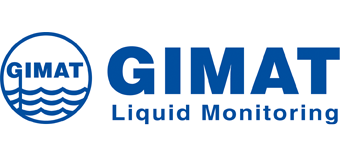Conductivity Measurement (EC)
LF Pt 100 Conductivity Probe
Conductivity measuring cell for a measuring range up to 5 mS/cm with integrated temperature sensor.
Advantages
Method
The conductivity of aqueous solutions depends on the dissolved substances. Ions are responsible for transporting electrical charges in solution. Pure water contains almost no ions and consequently its conductivity is very low. The electrical conductivity probe applies an alternating electrical current to the solution and measures its resistance to calculate the conductivity.
A sum parameter related to the electrical conductivity is the amount of total dissolved solids (TDS). Salts are often the most important dissolved solids. In solution they release ions, which increase conductivity. Because of that the TDS value can in many cases be estimated reliably from the conductivity. When EC is given in µS/cm, the conversion factor to get the TDS value in mg/l is usually between 0.5 and 0.8.
Applications
- Drinking water
- Surface water
- Process water
- Cooling lubricants
Download datasheet


